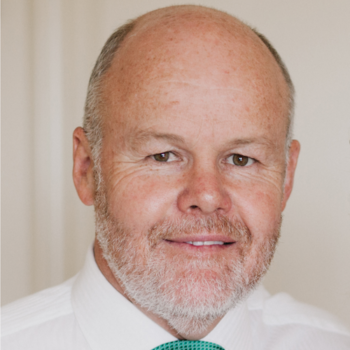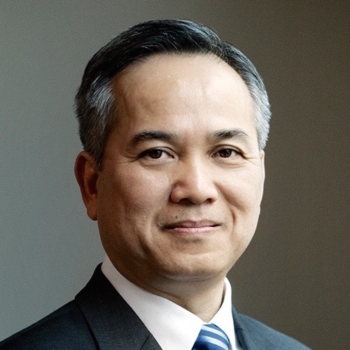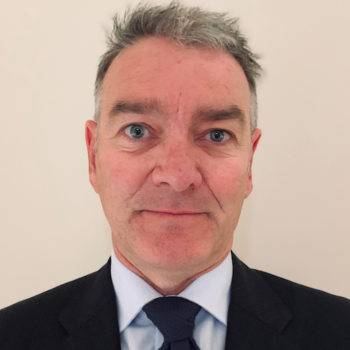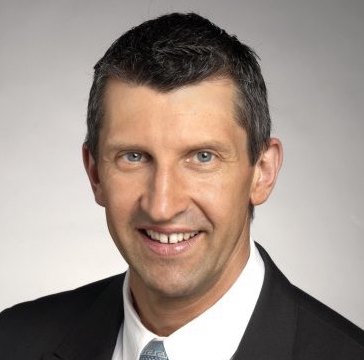
As the world emerges from the current pandemic, a large number of organisations had to make fundamental shifts to manage the social and economic requirement that’s imperative for the business environment and personal sustenance.
As a result, many organisations are embracing new ways of working and exploring how they can set themselves up on the right trajectory for growth while innovating and managing costs.
However, after more than a year and a half into the pandemic, learning to survive, revive, and thrive in the new world order that determines a new set of winners and losers is still particularly daunting. In fact, many companies have gone to the wall, and at the very least, many companies have lost their overall global competitiveness.
The world has experienced a global disaster that will undoubtedly lead to a once in a generation business reset.
For this reason, this article is intended to help you plan, prioritise your work, and execute to emerge with a competitive advantage in a post COVID-19 world.
Table of contents:
1. Resetting your business in the scenario post COVID-19: Short background
2. The hare and the tortoise: A children’s story that tells you how to reset after COVID-19
3. Reimagining your business through re-prioritisation
1. Resetting Your Business In The Scenario Post COVID-19: Short Background
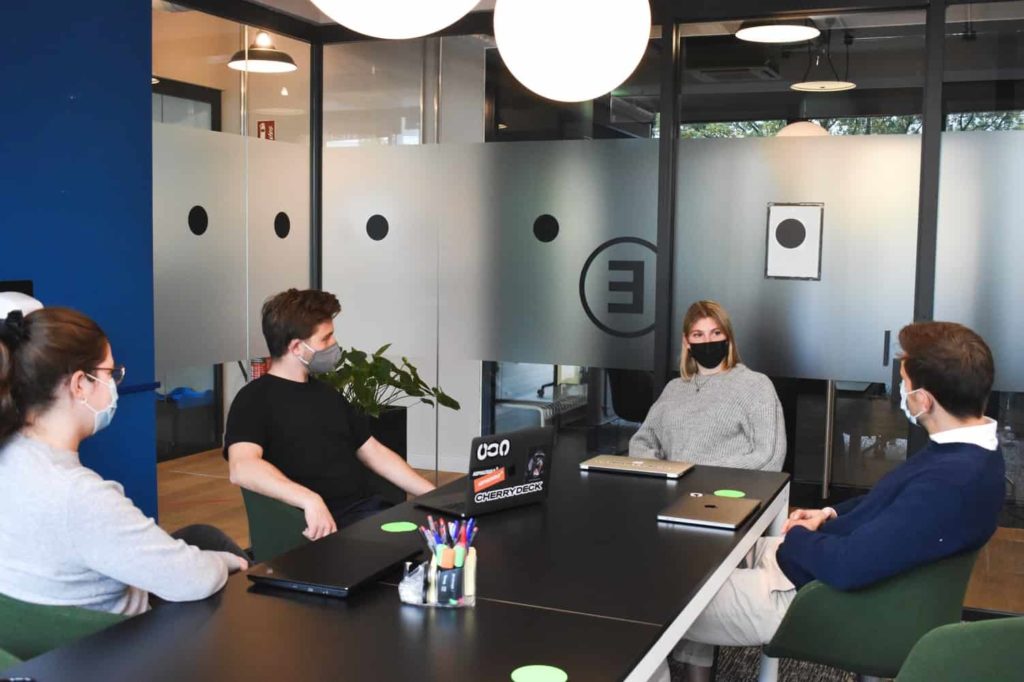
Globally, the way organisations work and engage with their customers, partners, and employees will be very different in a post COVID-19 world.
This report taken from McKinsey to June 2020 reminds us of the enormous global disruption that took the world by surprise. Already at that time, the report highlighted the major opportunity that organisations have to reset the way they think to become one of the great post COVID-19 players and therefore improve their global competition.
Although the report dates back to 2020, it still gives us a great opportunity to gain a good understanding of the COVID-19 implication for businesses as the pandemic is still ongoing, and many organisations still need to focus on healing and prepare for the next normal.
So, more than a year after the emergence of COVID-19, some organisations are still working on projects that they shouldn’t be. They are working on projects that might have sought a different solution with a little more time.
Or, they are working on projects that, while they will satisfy the short and medium-term requirements, might have built something that is much more scalable and would give them access to potentially even a different customer base.
As a result, it became even more clear that the pandemic will create “new winners and new losers” across the business world.
However, if organisations find the best ways to innovate and prioritise their work, then they’re on their way to rebuild a winning company and thrive.
Now, you need to be aware that everyone wants to work with winners. The best part of building a winning company is that it brings with it all that goes with winners. So, you end up with the best leaders, employees, customers, and partners. And even better still, you will create a brand that attracts investment while having the necessary funds to innovate.
In other words, you will become one of the winners, and the competition that fails to pivot at this particular time with the same insight and the same focus will be left behind.
So, if you’re still looking for the best practices to adapt to the new reality, you need to understand what is the high impact work and prioritise it accordingly. You can no longer focus on a backlog of work, as you need to completely reset your work around the value that it will add to your overall productivity agenda (short term, medium-term, and ultimately long-term, while remembering that it’s got to be sustainable for the long term).
So, what are the questions behind the questions that you need to ask yourself in order to reset your business and reimagine your business model?
- What problems do I help my customers or future customers solve?
- What value is that to them and their extended customer network?
- How does the customer measure the value of our contribution?
- What does that mean to my current backlog of work?
- How do I deliver on the same with the least amount of risk in the shortest time frame, the lowest cost, and the highest acceptable quality?
If you answer these questions properly, your portfolio prioritisation will self select the right value and initiatives to invest in.
The more effective your company strategy is in moving forward, the more value you will create, the more contracts you will win, and the more projects you will be able to deliver.
The formula is quite simple, but it is built around the decisions and the actions you need to take right away.
Anyway, before taking an in-depth look at the re-prioritisation process and why you need it to build a winning company, let’s see what a simple children’s story can teach you about the best way to respond when a crisis becomes the new normal.
2. The Hare And The Tortoise: A Children’s Story That Tells You How To Reset After COVID-19

Here’s a short anecdote built around a popular children’s story, the hare and the tortoise.
Start by asking yourself: How would each character address the question? How do I responsibly accelerate scalable, sustainable, responsible business growth against our companies productivity agenda? How would the hare and tortoise respectively address the questions listed in the first section of this article?
Well, the supposed agile hare would take a more lazy approach and rush into the work (same as many of us did before COVID-19). At the same time, the tortoise would be far more considered in the response because the tortoise knows that it will never beat the hare on speed and agility alone.
To do this and therefore bait the metaphorical competition, you need to be able to be very clear on your planning and what your prioritisation is. In a business sense, anything else will be a money waster or, more importantly, eroding at your company’s long-term competitiveness.
Again, and anecdotally, the hare will just focus on the run rather than the race where the tortoise will focus on a strategy and a plan that, done correctly, will create the opportunity to lift the company’s rankings, even if pre-COVID it was a less competitive organisation.
After all, remember that you are in a once in a generation business reset. Whether you win or not, you’re undoubtedly interested in improving your company’s competitive edge.
If the employees, partners, and leadership all rely around the same problem and take the time to reflect on the learnings with an innovative mindset while being sure to be honest and introspective on these learnings, then the company can only be more competitive.
3. Reimagining Your Business Through Re-Prioritisation
Now that you know that the tortoise’s approach is the right one for your business to adapt to the new reality let’s see the steps you need to take to build a winning company through re-prioritisation.
So, how do you get started? How do you make this happen without you overdoing the exercise and losing even more competitiveness?
First and foremost, you need to include more of the patient tortoise thinking to lock down your strategy and plan before running straight into the execution.
Below you will find a 7-step process for business re-prioritisation that you may want to consider to reimagine your business:
- Step 1: Refreshed vision, mission, and strategy
Starting with the customer problem and, therefore, your target market in mind, you need to be sure that your solution is still relevant, sustainable, scalable, and ultimately aligns with your vision, mission, and strategy.
If not, it may need refreshing. Remember, it all needs to be informed either the same or refreshed productivity agenda. Once you know it, this should become your North Star.
- Step 2: People alignment to the strategy
Ensure the company aligns with the wider company team that will work either remotely and/or on-site to deliver to the same.
Ask yourself: Does it make sense? Is it really going to help our competitiveness? Do I believe in it and the emerging role that I will play in it? For the marketing team, do I believe that this will grow my company’s footsteps in this making of a winning company and, therefore, a winning team?
- Step 3: Alignment to priorities against refreshed strategy
Once you’ve done that, you can begin your business realignment or prioritisation strategy. Now, you need to focus on accelerating your refresh strategy and giving the greatest value in the earliest time frame.
Does your current prioritisation process support this thinking? Does it ask the right questions? Are the weights responsible for a post COVID-19 mindset? In simple terms, if you put the total number of ideas into a simple prioritisation engine that you may already have today, will it provide you with the right output, therefore the right work to focus on and doesn’t align back to your refreshed business strategy? Or is it purely a risk-based strategy?
- Step 4: Accurate prioritisation
Now, it’s time to pull a lever on your fictitious prioritisation engine.
Ask yourself: Does the output against the backlog of all my activities give me the full picture? Does it make intuitive sense? Can I look down the road to see myself gaining on the metaphorical hare and improving the company’s competitiveness?
- Step 5: Responsible, thorough plan
When you are satisfied with the output, then your diligent effort must go into ensuring that you do the thorough planning.
Intuitively, if 80% of your work is in the planning, then the execution will be so much more predictable.
Do not forget to answer the following questions: Do you need to do every step in the planning process? What value does each and every step add to the process? And how does it lead to improving your longer-term competitiveness?
In simple terms, if it doesn’t make sense, then adapt accordingly.
- Step 6: Right people, processes, and systems
This is the step that ensures efficiency and execution. Without the right people, processes and systems, you are adding cost to your long term, scalable, and sustainable product or service solution.
If you invest wisely at this step, you will create the genesis of a winning team. They will astound you as they will be able to achieve beyond even your greatest expectations.
- Step 7: Deliberate, reliable, accelerated execution

The seventh and final step is just to execute. You have spent time putting together the plan, so now you need to work the plan.
Please be aware that this whole process doesn’t have to take years, months or even weeks. However, it needs to be a deliberate strategy that, if managed correctly and with clear purpose, can be accomplished within days up until the planning (and this should be your challenge).
Furthermore, you do not have to wait for the entire business to replan or re-prioritise, as you can follow exactly the same approach by business function or your own individual functional teams wherever you believe the strategy needs to be refreshed.
Now, let’s talk a bit more about prioritisation. How do you best design a prioritisation engine around the work that you actually know will deliver you the greatest value?
Historically, these engines were designed by engineering around a risk base or an engineering-based solution. The two most common solutions that companies adapted were either the analytical hierarchy process (AHP) or the data envelopment analysis (DEA).
The analytical hierarchy process (AHP) and the data envelopment analysis (DEA) are both efficient systems. However, they do not actually focus on the strategic value of a company’s productivity agenda. In fact, while you cannot challenge the pure mathematical waiting for these, they do not pass the “old English pub test”, which means what projects will really help your company on the road to being a global player?
What often actually happens in the real world is the output eventually is no longer trusted against this straightforward question. Therefore, leadership teams start to bypass the very prioritisation engine they have built.
People tend to move priorities around for a whole bunch of less than strategic reasons. In many cultures, that might include aspects such as the loudest person in the room gets their ways, and you’re all of a sudden diluted away from exactly what your business productivity agenda needs to be about. This sounds exactly like the hare’s approach to the same problem. But again, what would the tortoise do?
So, if the answer is to be more strategic in your prioritisation, this is how you can do it (please note that this is one of the many thinking models).
- Step 1: You may agree that you have a backlog of work of all shapes and sizes. Given that every company has a capacity constraint, you need to think about the activities, projects and initiatives you do around your new agreed productivity agenda. What initiatives will you prioritise that are going to set up for the greatest success in the immediate time frame and therefore pass through each phase to deliver value?
- Step 2: You need to create a couple of filtration steps around the company’s benefits realisation framework.
- Step 3: Each of these steps talks to the company’s productivity agenda and customer value. You may call them the identification (ideation) phase, selection phase, definition phase, execution phase, and benefits realisation phase.
In the identification phase, you are looking to place some value on a new idea in the shortest possible time frame. You are not prioritising in this phase but rather just trying to capture all of the ideas for alignment to the overall business strategy. This phase encourages all company employee participation, and that’s where you get the greatest lateral or innovative thinking around ideas.
In this phase, you should be able to summarise your idea ready for review by leadership within less than two or three hours. So, it’s a really simple template to get the ideas started.
- Step 4: In the selection phase, you start to build out the first round of shortlisted ideas before feeding them into the prioritisation engine for comparison value handling. The output from this phase is the shortlist of candidates initiatives that are deemed worthy of early planning investment.
- Step 5: This step is the comprehensive planning or definition phase that focuses on understanding the project commitment with real certainty beyond execution. The value for this phase is around the validation of risks, schedule, budget, benefits, and ultimately productivity value beyond the exit execution and implementation phase.
In the project world, this would be described as you will P-90+ or, for those that don’t work in projects, this is the place where you are narrowing it down to plus or minus about 5% contingency and certainly no more.
- Step 6: This is where you execute, but very much focused on business benefits. Now, you know that you are working on the right project initiative schedule.
- Step 7: This is the benefits realisation phase, the true business value that you agreed and signed up to when you first got a financial commitment to your business case. At this stage, it needs to be both financial and non-financial, qualitative and quantitative. It will be based on what is genuinely going to add to the company’s scalable, sustainable competitiveness.
Now, your future prioritisation model must align the portfolio of your agreed projects around the company’s corporate plan with a focus on strategic alignment and, ultimately the overall value feasibility.

To sum up, let’s revert back to the hare and tortoise story. So, while you might be able to run very fast, it doesn’t mean that it is always smarter. Additionally, in the world of portfolio management, agile delivery is no more or less valued than waterfall delivery and other delivery methodologies.
In fact, the only key element that counts is direct, tangible business outcomes (the outcomes that lead to greater commercial competitiveness and allow you to build a winning team).
So, what does the tortoise know? The tortoise knows that the finish line is all that counts and that building, prioritising, working, and periodically revalidating a plan is key to success. The tortoise also knows how to measure accurately and spend the energy on the right activities at the right time without being distracted by the competition.
The tortoise knows that it is all about going slow to go fast.
Therefore, to adapt to the new normal and thrive, slower considered planning can only deliver higher value in the medium term and, even better still, greater market competitiveness and a winning team.
Do it any other way, and you’re being short-sighted and will end up as the hare.
So, remember that it is all about asking around the right questions and then prioritising your work around the same.
Let us know if you need help with planning, organising, managing, prioritising and tracking your work. Focus HQ‘s integrated cloud SaaS application can create project management excellence and benefits delivery throughout your entire organisation so that you can gain a competitive advantage and build a winning company in the post COVID-19 era. For further details, do not hesitate to contact us!










